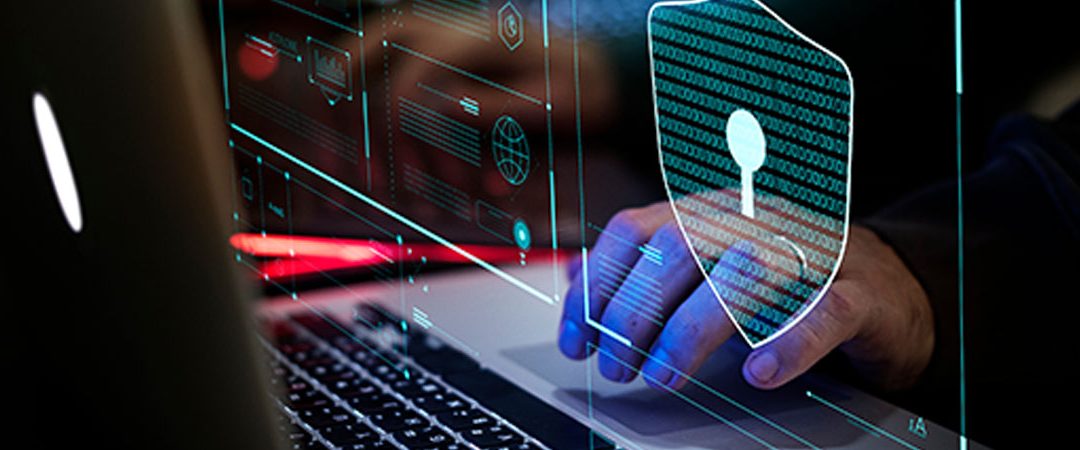The pandemic forced a number of changes across businesses of all sizes and sectors, with little time to adapt. One of the more significant changes to arise was the shift to remote working. Despite it being commonplace in some industries, for a lot of organizations it was a huge challenge, but many took the opportunity to step up. In fact, more than half of companies invested in new devices for their staff, including mobiles, tablets and laptops.
But while the initial focus was very much on enabling an employee to still do their job effectively from home, the priority now needs to be on the impact of remote working on cybersecurity. As we approach one year since we were all forced away from the office, it appears as though remote working is here to stay, and businesses need to be aware of the threats posed by this new way of working, and how best to address them.
Remote working inevitably leaves a business more vulnerable to security threats. The average home setup is far less restricted than an employee’s usual office environment. Not only do admin rights allow staff to easily and quickly download free trials of products that could pose a threat to everything from customer data to financial stats and other corporate information, but it’s also likely they won’t be on the same centralized system for updating anti-virus software.
Meanwhile, malware and security threats are becoming increasingly sophisticated. In fact, government research shows that almost half of businesses (46%) suffered cybersecurity attacks or breaches in 2020.In order to address the risks posed by remote working however, you have to be aware of it first. Software asset management is a way of establishing this risk, giving you complete visibility of your entire IT estate.
What’s the link between software asset management and cybersecurity?
Software asset management shouldn’t just be limited to managing compliance, but can, and should, be used as a tool against cybercrime. SAM tools cover everything from purchasing and deployment, to maintenance and utilization of software assets, providing you with the insightful data needed to protect your business.
A clear and complete view of your software licenses and deployments across your organization’s network means your IT teams can ensure all products are up to date, and patches have been installed, as well as making sure any vulnerabilities which could affect the business have been removed.
The key software threats triggered by remote working
Relaxed admin rights – working from home usually means a different set of admin rights, and with this comes the ability to quickly and easily download free trials of products. However, this poses risks to financial status, customer data and corporate information.
Using outdated software – using old or outdated software comes with significant risks, as seen by the WannaCry Ransomware attack on Windows XP. Microsoft subsequently fixed the vulnerabilities within the Windows Server component and a patch was provided for many operating systems.
One of the core functions of software updates is to fix security flaws, and patching vulnerabilities, which is why it’s so important to update to the latest version so as not to leave yourself and your business exposed.
Adding software indiscriminately – rogue IT installations (which could mean anything from illegal downloads to a simple online purchase from an unknown vendor), pose a risk to your business. It’s an unmanaged and unregulated IT resource and, of course, you can’t protect against what you aren’t aware of.
Sharing removable media – when inappropriate software is shared between machines, assets are compromised, leading to breaches, from what can seem at the time like a seemingly harmless action. Similarly, staff not used to remote working may share a device with other family members without considering the implications.
As well as full-time employees working from home, it’s also important to consider contractors, freelancers, and ex-employees who may still have access to your organization’s network.
A successful cyber attack could seriously impact the future of your business, leaving data exposed and your company at risk financially, not to mention the impact on your reputation.
Whilst a SAM tool can’t guarantee complete IT security on its own, it will play a huge role in reducing your vulnerability when used either on premise by your IT team, or deployed as a service, managed by a team of experienced software licensing managers.


in this pandemic time, working remotely is vey challenging. good that there’s some blog like this one that helps us understand the process. nice one, I’m a fan!